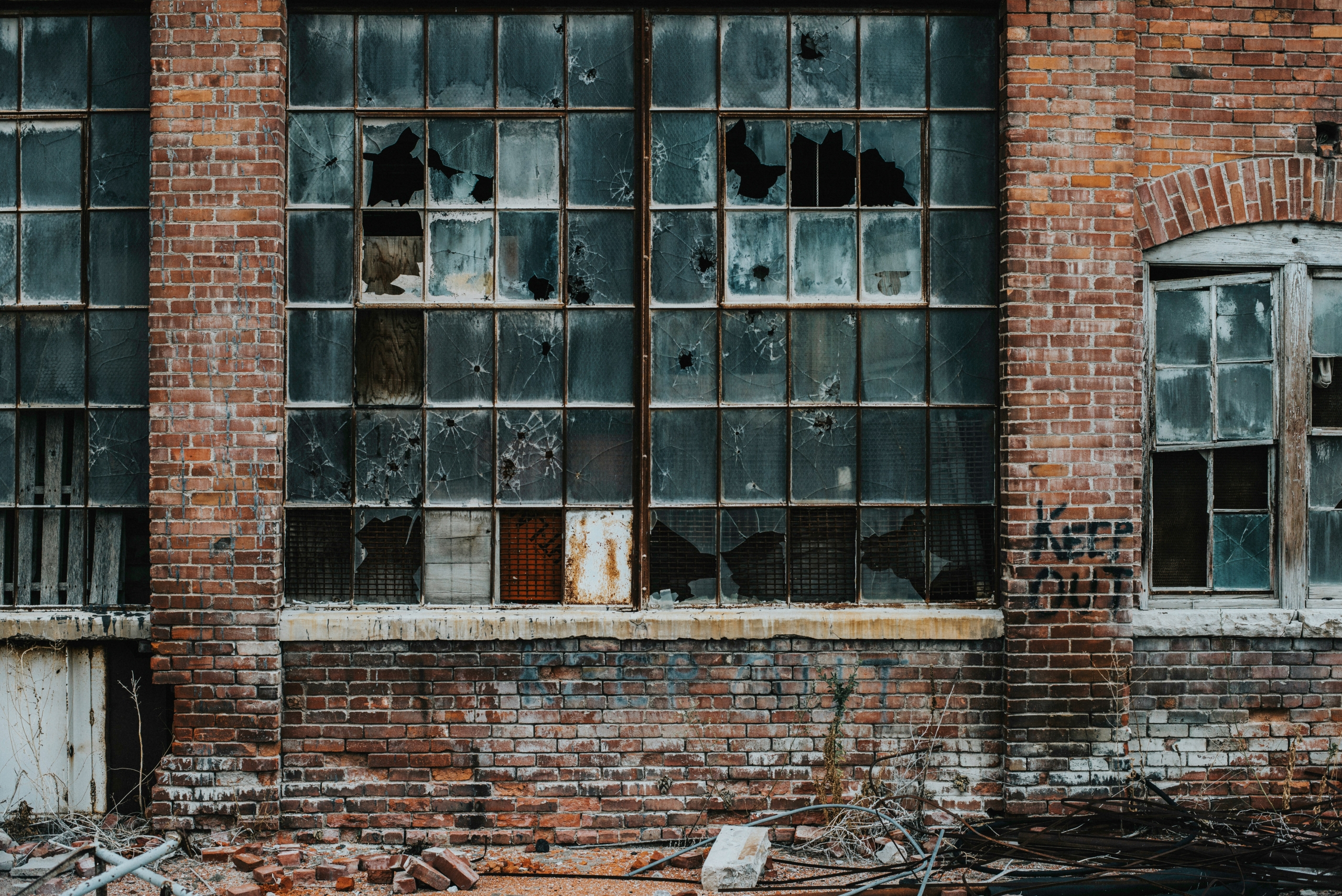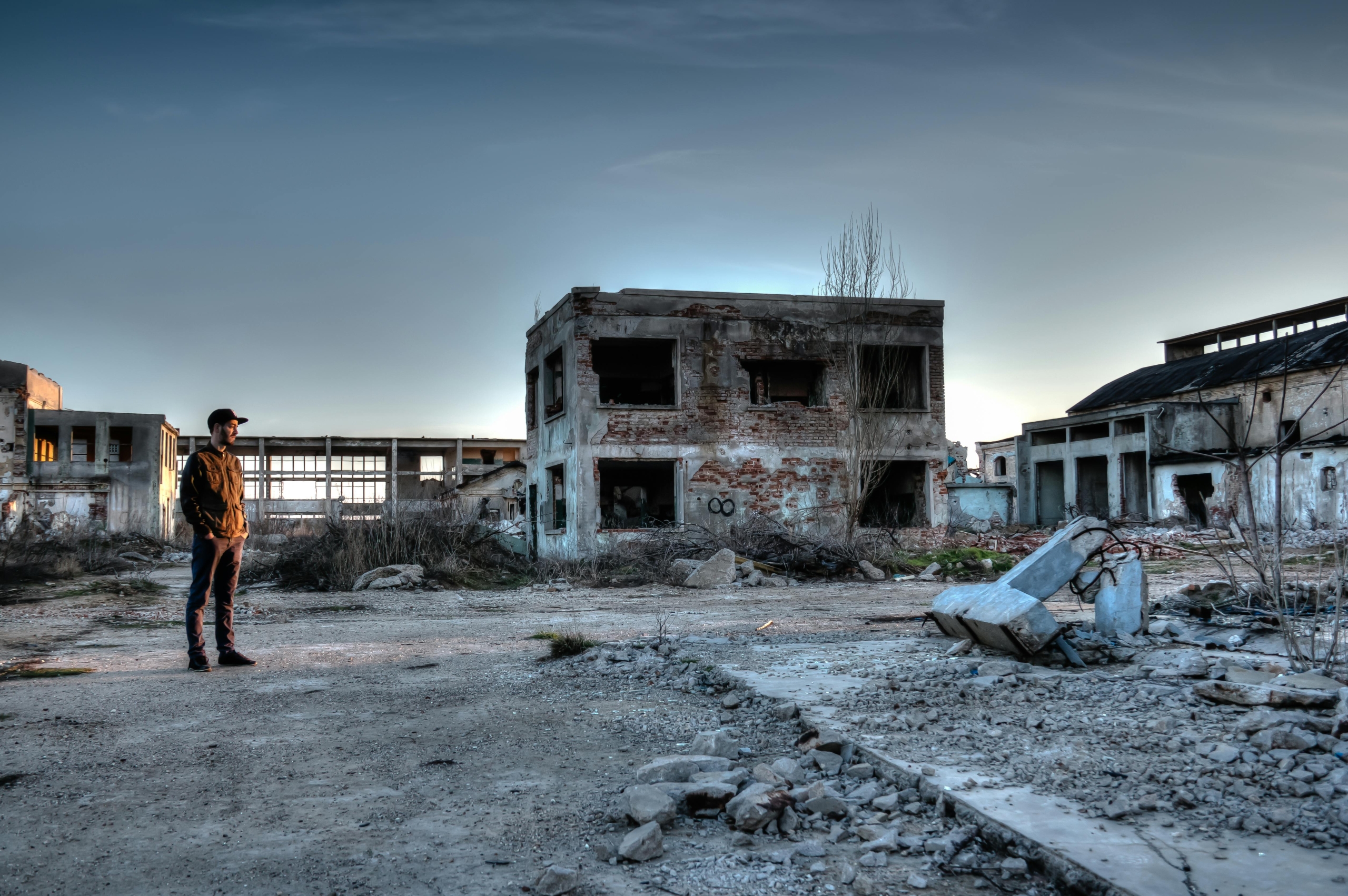If you’re looking for a plot for a new project, brownfield land could provide you with a huge opportunity. However, not everyone is aware of the advantages and disadvantages of building on brownfield sites. Read on to find out more.
What is a brownfield site?
‘Brownfield land’ or site is defined by Planning Policy Statement 3 as ‘land that is or was occupied by a permanent structure, including the curtilage of the developed land and any associated fixed surface infrastructure’.
In urban areas, such as cities, this usually refers to land that was once used for industrial work, such as abandoned and/or derelict warehouses, factories, or offices.
However, across the country, there are some exceptions to the definition. This includes land that is or was occupied by mineral mines, landfill, agricultural buildings, parks or other recreational land, and residential gardens.
Where can I find a plot for brownfield land development?
Building on, or ‘developing’ brownfield sites is much the same as any other plot. It could involve creating new structures, renovating existing ones, or making use of the land for other non-permanent reasons.
Finding brownfield land to develop is easier than you may think. Under the Town and Country Planning (Brownfield Land Register) Regulations 2017, local planning authorities must compile and maintain a register of brownfield sites. These listings will be found locally, be at least 0.25 hectares in size, and be suitable for development. On the register, you’ll find details of who owns the land, should you be interested in purchasing it.
While finding a brownfield site in your ideal city-centre location may be tricky, there are more than enough brownfield sites across the country to go around. In fact, the CPRE (Campaign to Protect Rural England) previously claimed that there’s space for at least a million homes to be built on brownfield land.
What are the advantages of building on brownfield sites?
There’s lots of it – According to government land use statistics, in 2022, nearly 9% of land in England was of developed use. There were 27,342 hectares of brownfield land, enough to build 1.2m homes.
There could be existing infrastructure – Most brownfield land is located near towns or cities, as previous employees would need to commute to the site. This means the local infrastructure – roads, utilities, and public transport – is often already in place. This could bring down the cost of brownfield land development.
It protects greenfield land – Put simply, if homes are built on brownfield land, it is less likely that applications to build on greenfield land will be passed. That means our countryside remains protected.
It can be easier to get planning permission – The National Planning Policy Framework (NPPF) promotes ‘as much use as possible of previously developed or ‘brownfield’ land’ and instructs local authorities to give ‘substantial weight to the value of using suitable brownfield land […] and support appropriate opportunities to remediate despoiled, degraded, derelict, contaminated or unstable land”.

There could be interesting architecture – If you’re a fan of industrial style, you may be in luck. Brownfield sites often come with existing structures ripe for redevelopment or conversion into new homes or offices with unique character.
It encourages social and economic revitalisation – Abandoned land and property can not only look unappealing, but they can also be a health and safety hazard if broken into. Redeveloping the site will solve these issues, but could also encourage rejuvenation of the surrounding land and buildings too.
It is not uncommon for other residential and commercial properties, or community infrastructure to be developed by others following a large investment in brownfield land.
What are the disadvantages of building on brownfield sites?
There could be clearance costs – If a site’s previous structure is deemed unstable, unsafe, or you simply don’t wish to reuse it, it’ll need to be removed. Demolition and remediation can be costly, adding to an overall build budget.
The land could be contaminated – Make sure to research what the site was previously used for before buying. If it was used for industrial purposes, this could have included the use of materials that contaminated the land, such as asbestos, fuel, or chemicals. As a result, there may be restrictions on what you can do with the site and when. The only way to be sure of the state of contamination is to conduct a Phase II Environmental Site Assessment. This involves soil samples being taken and inspected, resulting in a report that unveils the extent of the contamination and the requirements for remediation.
The air quality could be poor – In a similar vein to land contamination, consider the air quality. If the brownfield site is near current industrial or commercial activities, the air quality could be compromised. Get this tested and consider whether people will want to live with polluted air.
There could be ecological considerations – If the land and its properties haven’t been used for years, greenery and wildlife could have taken over. If you find a protected species on brownfield land, development could disturb their home. As a result, you may have to pay to have these animals suitably rehomed before work progresses.
The cost of development could be higher – Depending on the extent and sheer cost of work needed to develop on brownfield land, the gross development value of the project may become impacted, making it less profitable.
Found the perfect plot?
Whether you’ve found the perfect brownfield plot or are at the start of your journey and wondering how much you could borrow, Phoenix Funding is here for you. We help construction projects get off the ground with development finance.
With loans up to 70% GDV and a maximum term of 18 months, loans are available for residential and commercial projects of various sizes. Get in touch with our team today to learn more.
